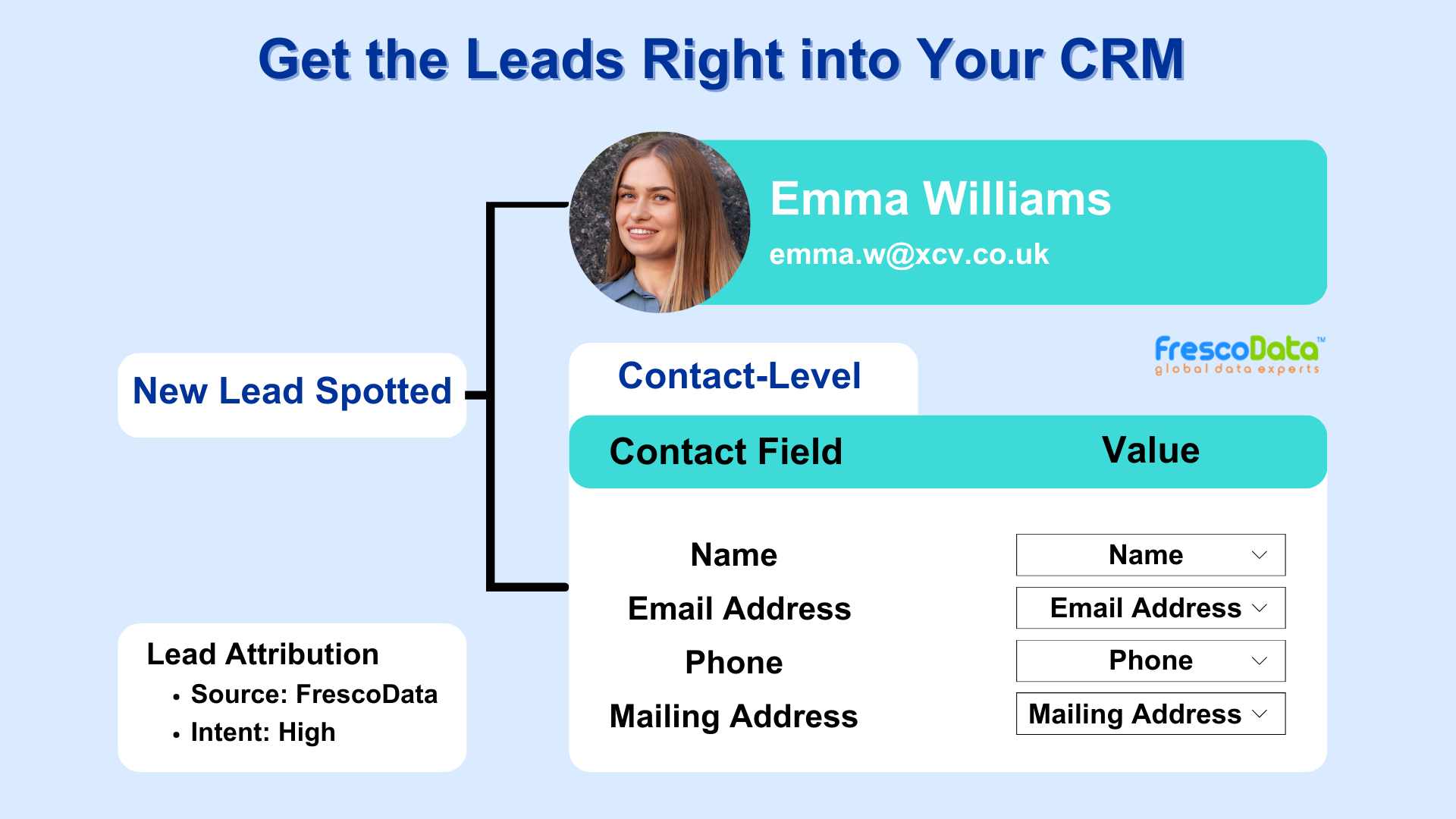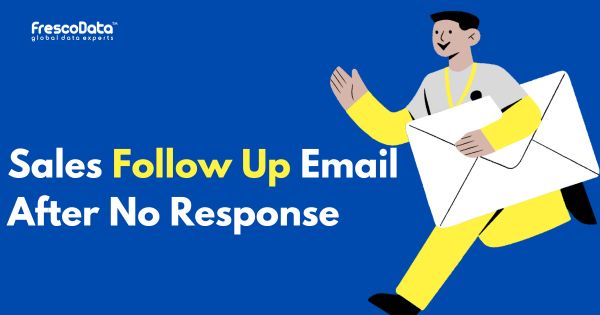- Introduction
-
What is Integrated Marketing Campaign?
-
Key Features
-
Consistency
-
Multi-Channel Approach
-
Coordination
-
Strategic Planning
-
Measurable Results
-
Customer-Centric Focus
-
Timing and Synchronization
-
Adaptability
-
Cross-Functional Collaboration
-
How Does It Work?
-
Define Objectives and Target Audience
-
Develop a Unified Message
-
Choose Relevant Channels
-
Coordinate Messaging Across Channels
-
Create Campaign Assets
-
Implement Marketing Automation
-
Launch Campaign Simultaneously
-
Monitor and Analyze Performance
-
Adjust and Optimize
-
Measure Overall Impact
-
Continued Engagement
What is an Integrated Marketing Campaign?

An integrated marketing campaign is a comprehensive and coordinated marketing effort that strategically combines various promotional channels and communication methods to convey a unified and consistent message to a target audience. The goal of an integrated marketing campaign is to create a seamless and cohesive experience for consumers, ensuring that they receive a consistent message across multiple touchpoints.
Key Features
Key features of an integrated marketing campaign include:
Consistency
The campaign maintains a consistent theme, messaging, and visual identity across all channels, including traditional and digital media.
Multi-Channel Approach
It involves the use of multiple marketing channels such as television, radio, print, digital advertising, social media, email marketing, and more. The combination of channels is chosen based on the preferences and behaviors of the target audience.
Coordination
Different elements of the campaign are coordinated to work together synergistically. This includes aligning advertising, public relations, social media, and other promotional efforts.
Strategic Planning
An integrated marketing campaign is developed based on a well-defined strategy that considers the objectives, target audience, and key performance indicators (KPIs). The plan outlines how each channel contributes to the overall campaign goals.
Measurable Results
The effectiveness of the campaign can be measured through various metrics and analytics tools. This allows marketers to assess the impact of each channel and make data-driven adjustments for optimal results.
Customer-Centric Focus
The campaign is designed with the customer in mind, ensuring that the message resonates with the target audience and addresses their needs, interests, and preferences.
Timing and Synchronization
The timing of messages across different channels is carefully synchronized to maximize impact. This may involve launching specific promotions, events, or announcements simultaneously across various mediums.
Adaptability
An integrated marketing campaign is adaptable and can be adjusted based on real-time feedback and market conditions. This flexibility allows marketers to optimize the campaign for better results.
Cross-Functional Collaboration
Various departments within an organization, such as marketing, sales, and customer service, collaborate to ensure a unified message and customer experience. Clear communication and collaboration are crucial for a successful integrated campaign.
How Does It Work?
The success of an integrated marketing campaign lies in its ability to synchronize and align various marketing channels to deliver a cohesive and compelling message to the target audience.
Here’s how it typically works:
Define Objectives and Target Audience
Clearly define the objectives of the campaign. These could include increasing brand awareness, driving sales, launching a new product, or promoting an event. Identify and understand your target audience to tailor the campaign to their needs and preferences.
Develop a Unified Message
Create a consistent and unified message that aligns with your brand identity and resonates with your target audience. This message should be adaptable across different channels while maintaining its core theme.
Choose Relevant Channels
Select the marketing channels that are most relevant to your target audience. This could include a mix of traditional channels (TV, radio, print) and digital channels (social media, email marketing, online advertising). Consider the channels where your audience is most active.
Coordinate Messaging Across Channels
Ensure that the messaging remains consistent across all chosen channels. Whether a customer encounters your brand on social media, sees an ad online, or hears a radio spot, the core message and visuals should align.
Create Campaign Assets
Develop the necessary assets for each channel, such as advertisements, social media posts, email campaigns, and promotional materials. Tailor the content and format to suit the characteristics of each platform while maintaining a cohesive look and feel.
Implement Marketing Automation
Leverage marketing automation tools to streamline and synchronize certain aspects of the campaign. Automation can help in scheduling content, managing customer interactions, and collecting data for analysis.
Launch Campaign Simultaneously
Aim to launch the campaign across all selected channels simultaneously or in a coordinated manner. This simultaneous launch creates a strong and immediate impact, reinforcing the campaign message.
Monitor and Analyze Performance
Use analytics tools to monitor the performance of each channel in real-time. Track key performance indicators (KPIs) such as engagement, conversions, and sales. Analyze the data to understand what is working well and where adjustments are needed.
Adjust and Optimize
Based on the performance data, make adjustments to optimize the campaign. This could involve reallocating resources to more successful channels, refining messaging, or adapting tactics based on customer feedback.
Measure Overall Impact
Assess the overall impact of the integrated marketing campaign against the defined objectives. Evaluate how well the campaign achieved its goals and identify areas for improvement in future campaigns.
Continued Engagement
Even after the initial launch, continue engaging with your audience through various channels. Maintain the momentum created by the campaign, and consider follow-up communications or promotions to keep the brand top of mind.
Stay Updated
Recent Blogs

3 Reasons to Buy Email List
Are you hesitant to buy email list for your business? Some would say buying an email list ...
November 18, 2024
Sales Follow-up Email After No Response!
70% of sales reps don’t follow up with prospects after no response. (Source) Are you...
September 2, 2024
5 CTV Advertising Tips to Get The Most Out of It
Connected TV has opened up many interesting opportunities for advertisers, allowing them t...
August 27, 2024